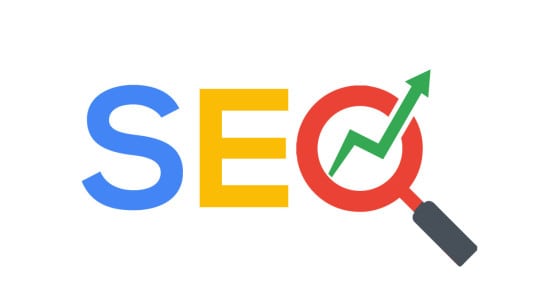
When it comes to digital PR, the digital element shouldn’t be secondary. It doesn’t need to be reserved for promoting your content, but can, and should, be the starting point.
As communicators adjust to the digital era, there are some PR agencies adding social media to their offering and labeling it digital, while SEO and marketing companies have seen the opportunity to package their link-building efforts as PR. There’s a gap in the middle – a concept based on the fundamental elements of PR but that predominantly lives online, where it’s led by digital first, fed and fueled by the learnings of other digital marketing channels. This already is done well, but there are additional opportunities for PR pros to harness the power of this middle ground.
Using Digital Tools to Establish Opportunities
While PR tools and databases are a staple when it comes to seeking relevant feature opportunities, publications and contacts, it would be short-sighted to overlook what digital marketing tools provide to PR.
Traditional SEO tools like Ahrefs or Moz allow one to assess a competitors’ back-link profiles and broaden your target publications accordingly. Link intersect tools even allow you to home in on publications that link back to your competitors but not to your site. Other tools that look into domain authority and social metrics also help refine your targets and get coverage on the best sites.
Whether or not SEO is an objective, coverage on relevant, authoritative websites not only gets you in front of the right audience, but helps earn valuable links and citations that will improve your search positions. Ultimately this gives you a better platform to share news and tell stories.
Using Digital Tools to Find Content Themes
While editorial calendars and PR databases will indicate which subjects a particular outlet may favor, it’s also important to think about what your audience wants to read now, searching for and sharing.
Again, tools have benefits beyond SEO. As well as identifying the most historically popular and currently trending content tailored by industry, they can also spot content gaps. Tools such as Answer the Public can flesh out content gaps with additional questions and considerations from your target audience. Google’s Keyword Planner shows search volumes behind these topics and queries. This allows you to focus on areas that will drive the best results.
Focusing on content gaps with your brand’s unique and informed approach, while targeting the best publications puts you in a great position to reach the right people with the right message. The joy of digital is because there’s a quicker turnaround, you can capitalize on these opportunities before it’s too late.
The concept works with social media too. As we know, digital tools spot trending social topics and gaps. These gaps can be used to generate social content or any other kind of content, from editorials, to guides or infographics. There’s still a tendency to use social media to amplify news or coverage only, but it’s becoming increasingly important to think more laterally.
Using Digital to Determine How We Write
As well as highlighting opportunities for what and where we write, digital tools can help instruct the way we write. Heat-mapping can educate us about how our audience typically consumes content, allowing us to adjust the format of content accordingly. Split testing then allows us to experiment with sub-headings, titles and bullet points, using these learnings for our sites or content published elsewhere.
Tools to Measure and Inform
Arguably the biggest advantage of digital PR is it allows you to better measure the success of your efforts, which becomes the starting point for your next move. Everything from content views, to activity and behaviors throughout your site, to conversions, social profile visits, shares and even call tracking, allow you to map the approach that best meets an objective.
Whether digital PR is a primary focus, or a way of complementing your traditional offering, a digital-first strategy gets you in front of audiences who matter. The people who could get to know you, become customers, and best of all, advocate your brand.
Kerry Sheahan is head of content and PR at Better. of the U.K.
